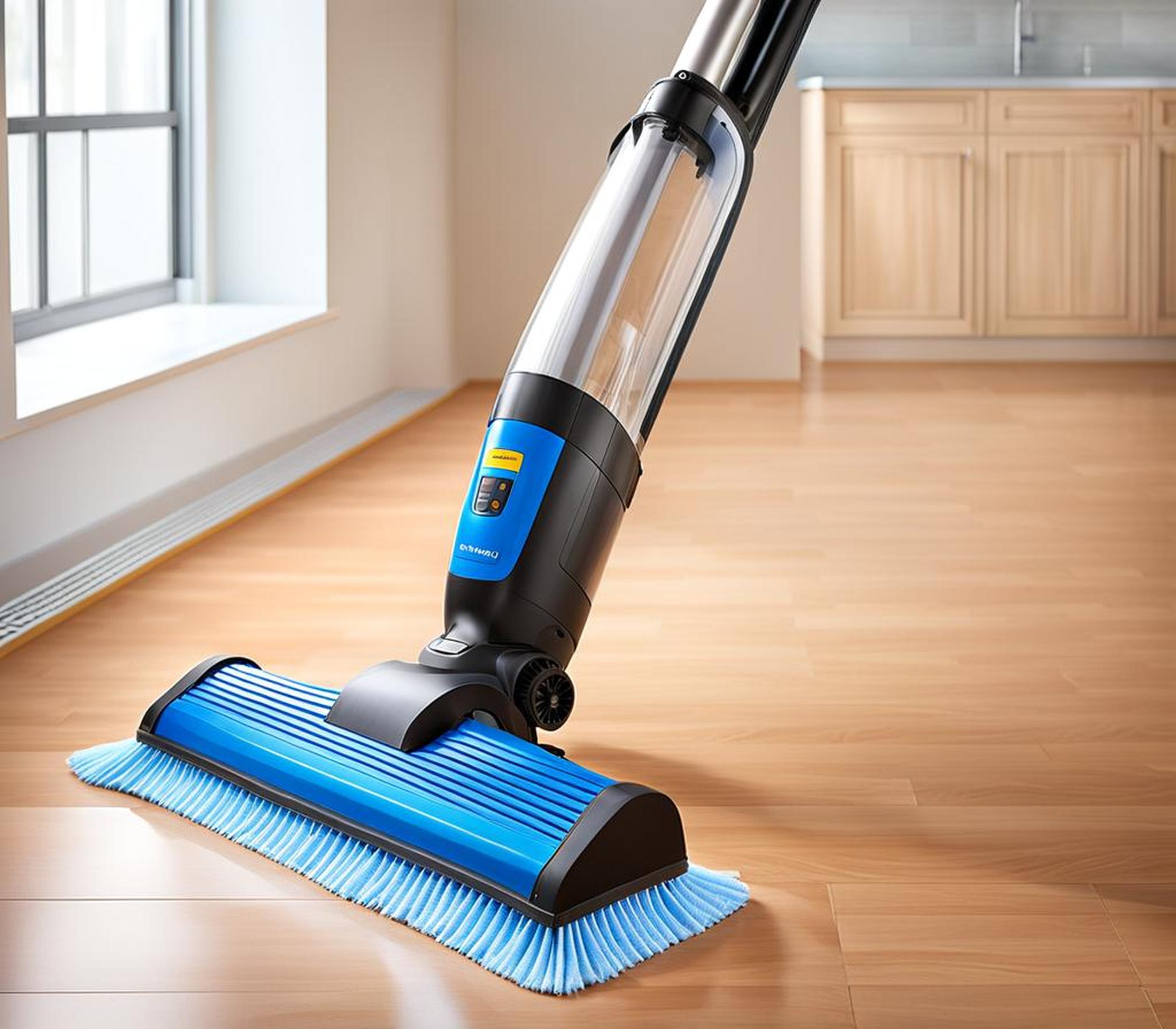Taking the time to learn manual pool vacuuming can save you money on professional cleaning services. It also allows you to achieve sparkling results on your own schedule, whenever it’s convenient for you. Contrary to popular belief, manual vacuuming is actually quite easy to master with some basic equipment and a little practice.
Save Money on Professional Cleaning
Hiring a professional pool cleaning service can get expensive, with costs ranging from $80 to $150 per month. Learning to vacuum your pool manually is a great way to save on these recurring expenses.
Achieve Sparkling Results on Your Schedule
With manual vacuuming, you can clean your pool on your own timetable, rather than waiting for a service appointment. Get your pool crystal clear for a weekend party or open house whenever needed.

It’s Easier Than You Think!
While manual vacuuming may seem intimidating, it only takes a few simple steps to get the job done. With some basic equipment and a systematic cleaning pattern, you’ll be an expert in no time.
What is Manual Pool Vacuuming?
Before we get into the step-by-step process, let’s review the basics of what manual pool vacuuming entails.
Definition and Purpose of Manual Vacuums
A manual pool vacuum uses suction to remove debris from the pool floor and walls. It connects to the pool’s skimmer, allowing users to vacuum without using the main pump and filter. The vacuum head glides along the surface, powered by the vacuum suction through the hose.
How Manual Vacuums Work
The vacuum head and hose connect to the skimmer’s suction port. The skimmer draws water through the hose and vacuum head, pulling dirt and debris into the skimmer basket. The user guides the vacuum head around the pool, scrubbing and sucking up particles in its path.
When to Use Manual Instead of Automatic
Manual vacuums are ideal for quick cleanups or small debris. Automatic robotic cleaners are better suited for large debris loads and routine maintenance. Learn to use both for maximum convenience!
Manual Vacuum Equipment Needed
Using a manual vacuum requires just a few key pieces of equipment:
Vacuum Head and Hose
The vacuum head has a mouth to suck up debris through the hose, which connects to the skimmer. Hoses are typically 1.5″ in diameter and range from 10 to 50 feet long.
Telescoping Pole
A telescoping aluminum pole attaches to the vacuum head, allowing you to maneuver the head around the pool. Poles can extend from 12 to 24 feet.
Skimmer and Vacuum Plate
The open skimmer mouth creates suction when the hose is inserted. A vacuum plate seals the skimmer for better suction.
Step-by-Step Manual Vacuuming Instructions
Once you have the right equipment, follow these steps for easy manual vacuuming:
Connecting the Hose and Pole
- Attach the vacuum head to the telescoping pole.
- Attach the hose to the vacuum head using a hose clamp for a tight seal.
Priming the Hose
- Place the open hose end against a return jet to fill it with water.
- When bubbles stop coming up, water is flowing smoothly.
Inserting the Hose into the Skimmer
- Turn off the return jet and quickly insert the hose into the skimmer opening.
- Ensure a tight seal between the hose and skimmer.
Brushing and Vacuuming the Pool Floor
- Use smooth, slightly overlapping strokes across the floor.
- Lift the vacuum head when changing direction.
- Scrub heavily soiled areas as needed.
Cleaning Pool Walls and Tile Line
- Use gentle upward strokes on the walls and tile line.
- Avoid dragging the head to prevent surface damage.
Emptying Skimmer Basket
- Remove and empty the skimmer basket when full.
- Rinse out the basket before replacing it.
Tips for Maximizing Efficiency
With practice, you can get the job done faster. Here are some useful tips:
Strategic Cleaning Patterns
Work in sections using overlapping strokes. Vacuum deep areas first, then move to shallow ends. Finish by the steps and walls.
Dealing with Stubborn Debris
For stuck-on debris, let the vacuum sit on the area for a few seconds to loosen particles before scrubbing.
Maintaining Suction Power
Check hose connections periodically and clear any obstructions to maximize suction power.
Storing Equipment After Use
Rinse and air dry all vacuum parts after each use. Coil the hose to prevent kinks or damage.
FAQs about Manual Pool Vacuuming
How Often Should I Vacuum?
Most pools need vacuuming 1-2 times per week in summer. Clean as needed when debris appears.
What’s Wrong if Suction is Weak?
Check for air leaks, damage, or clogs in the hose. Make sure the hose is sealed tightly in the skimmer.
Is a Vacuum Plate Necessary?
No, but a plate improves suction for heavy debris loads. It also keeps debris out of the filter basket.
Can I Vacuum Above Water Level?
Yes, but take care to avoid scratching tile lines or damaging the surface.
Now that you know the basics of manual vacuuming, the only thing left is to get started! Follow the step-by-step process and you’ll be on your way to a sparkling clean pool in no time. Take pride in keeping your backyard oasis pristine yourself with this useful DIY skill.
